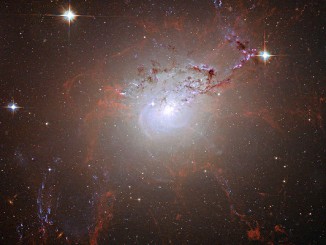
Chandra X-ray Observatory

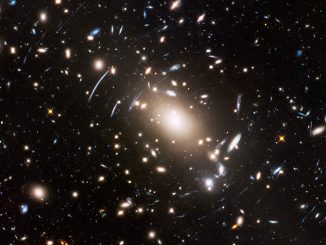
Hubble looks to the Final Frontier on 50th anniversary of “Star Trek”
The TV series “Star Trek” captured the public’s imagination with the signature phrase, “To boldly go where no one has gone before.” The NASA/ESA Hubble Space Telescope doesn’t “boldly go” deep into space, but it is “boldly peering” deeper into the universe than ever before to explore the warping of space and time and uncover some of the farthest objects ever seen.
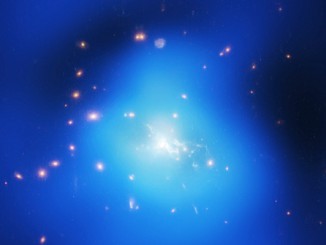
A fresh perspective on the extraordinary Phoenix galaxy cluster
Galaxy clusters are often described by superlatives. After all, they are huge conglomerations of galaxies, hot gas, and dark matter, representing the largest structures in the universe held together by gravity. New observations of the galaxy cluster SPT-CLJ2344-4243 (or Phoenix Cluster) at X-ray, ultraviolet, and optical wavelengths are helping astronomers better understand this extraordinary system.
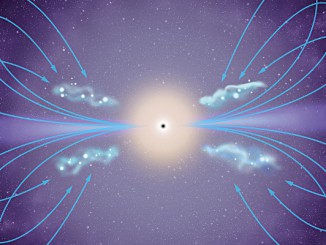
Hubble reveals galaxy gas flow and star birth regulated by black-hole jets
Astronomers have uncovered a unique process for how the universe’s largest elliptical galaxies continue making stars long after their peak years of star birth. NASA’s Hubble Space Telescope revealed brilliant knots and chains of hot, blue stars forming along the jets of active black holes found in the centres of giant elliptical galaxies.
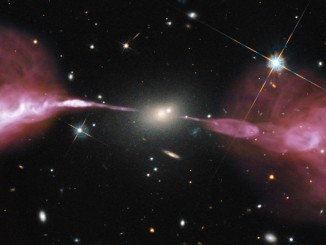
Royal Astronomical Society’s National Astronomy Meeting 2015 – report 2
In his second report from the Royal Astronomical Society’s National Astronomy Meeting 2015, Kulvinder Singh Chadha ponders the nature of dark matter and whether cosmic jets — jets of material from active galaxies travelling close to the speed of light — may correlate with dense regions of dark matter in the Universe.
